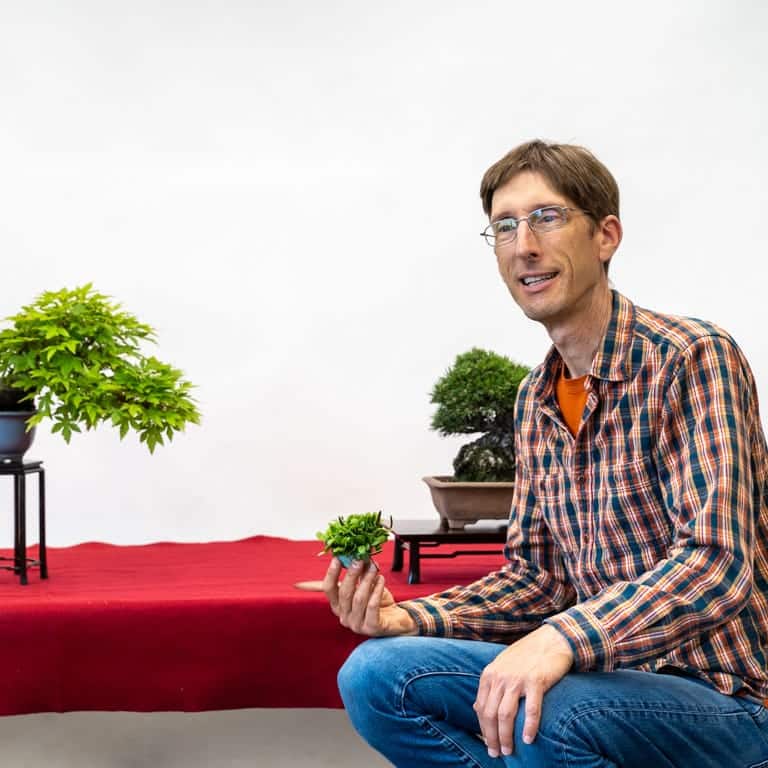It took me years to figure out how to get the most out of workshops. Here are some tips to avoid downtime and get the most out of your bonsai classes.
- Bring clean and healthy trees.
- Ensure trees are free of pests and pathogens.
- Remove any weeds growing in the pot.
- Don’t expect to work on a weak or sick tree; many teachers will recommend letting trees recover before working on them.
- Do bring weak or sick trees if you have questions about how to increase vigor or troubleshoot health problems.
- Bring trees at the right time of year for the work you want to do.
- Ask the workshop leader what kind of work is appropriate for the time of year.
- Check to see if your club has a calendar with recommended times to do seasonal work.
- Bring more trees than you think you need to keep busy.
- Bring trees you have questions about.
- Bring trees you can work on independently between visits from the workshop leader.
- If you’d like to do work that requires specialized tools or supplies, bring them!
- Bring soil, pots, and repotting tools if you plan to repot.
- Bring a grafting knife and grafting supplies (which may include grafting or buddy tape, pins or nails, and scion material for side veneer grafts); make sure it’s the right time of year for the kind of grafting you’d like to do.
- Bring wire if you plan to wire your trees.
- Check with the workshop leader before packing power tools.
- Don’t expect workshop leaders to have carving tools available for students.
- As much as possible, keep questions short and focused.
- Take notes if you’re a note-taker.
- Take photos or video if you want an image-based record of what you learn.
- Be open to trying new things.
- There’s no better time to build up your technique than when you have a guide to help you get started and to provide feedback that can keep you on track.

Discussing display
These are the tips that helped me stay productive in workshops – share your tips in the comments below!
